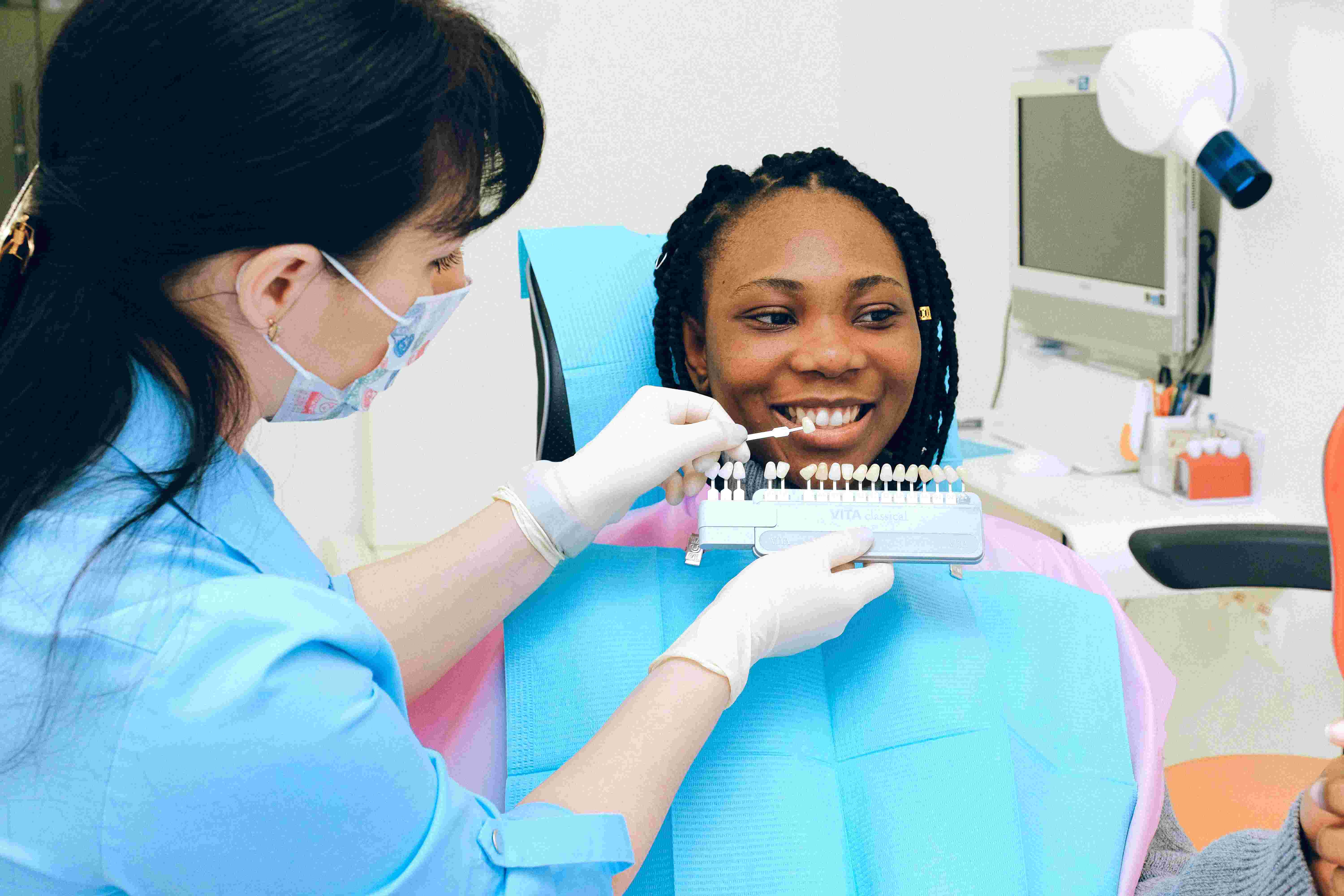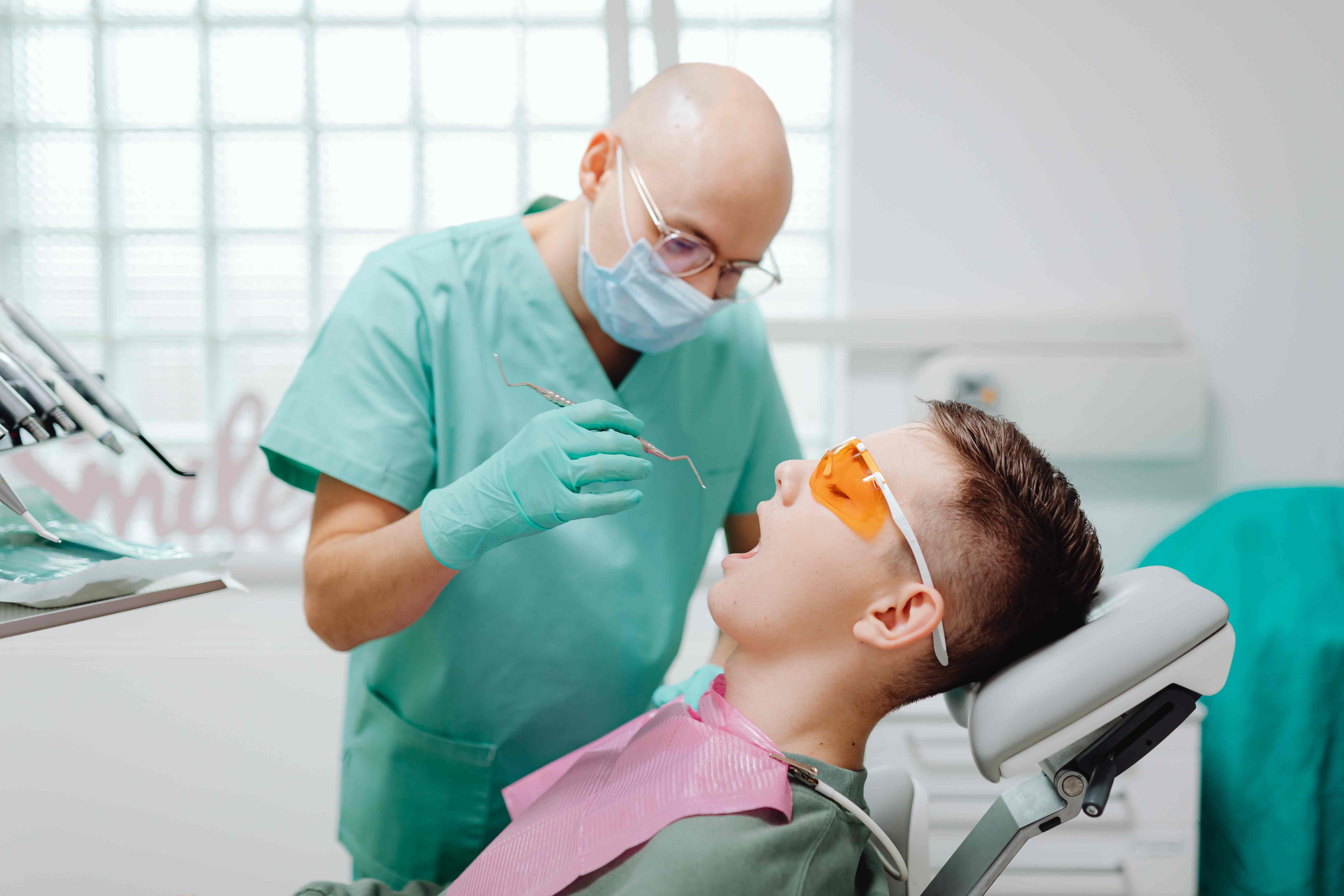It's not always about replacing your teeth. In some cases, a tooth that has been injured can be preserved and restored to good health with the help of restorative dentistry. Restorative dentistry refers to dental procedures that restore or replace a damaged tooth. Restorative operations include cavity fillings, crowns, bridges, inlays, onlays, root canals, and even dental implants. It can have two objectives: restoring tooth function and restoring tooth aesthetics. It's either one or the other in certain circumstances, and it's both in others.
Restorative Dentistry Procedures
- Crowns
A crown is a tooth-shaped cap that is placed over a tooth to strengthen and safeguard its structure. Your dentist prepares the tooth, takes an imprint, and a specialist fabricates the crown in a lab. They're good for individuals who have damaged or decayed teeth.
- Veneers
Veneers are porcelain shells glued to your teeth' front surfaces to improve their appearance. Veneers are used to cover teeth that are chipped, broken, discolored, crooked, or misshapen.
- Implant Restoration
Implant restoration is a permanent tooth replacement option. A titanium screw that mimics tooth root is surgically placed in the missing tooth area. Following this, an abutment is placed over the implant screw to act as a base for the dental crown.
- Composite Bonding
Composite bonding can be used to correct these aesthetic issues and improve the appearance of your smile. A composite material is bonded to your existing tooth during the procedure. Only a small portion of the original tooth is removed, if at all required.
- Bridges
A dental bridge fills the gap that is made by the lost teeth. A bridge has a crown on both the ends that acts as an anchor and an artificial tooth/teeth to connect the crowns. A bridge can prevent your remaining teeth from shifting out of position. Once a bridge is in place, it functions similarly to your natural teeth.
- Dentures
Dentures are a substitute alternative if you don't have enough healthy teeth in your mouth to function correctly. Dentures are often made up of a full arch of teeth. Adhesives or suctions can be used to secure removable dentures to the gums. Implant-supported dentures are maintained in place in the jaw by a few dental implants.
Benefits of Restorative Dentistry
- A major advantage of restorative dentistry is restoring your teeth' functionality. You can eat and speak with considerable ease as your teeth are in good shape.
- It is very helpful in making the appearance of your teeth better so that you can smile with confidence.
- Restorative dentistry seeks to alleviate all discomfort by providing various methods to repair any damage to your teeth and restore them to their original state.
Please reach out to our dental practice in Placerville, CA, to consult with Dr. Anderson. Please call Dentist in Placerville CA at (530) 622-9068 or schedule an online consultation, and we'll guide you further.







